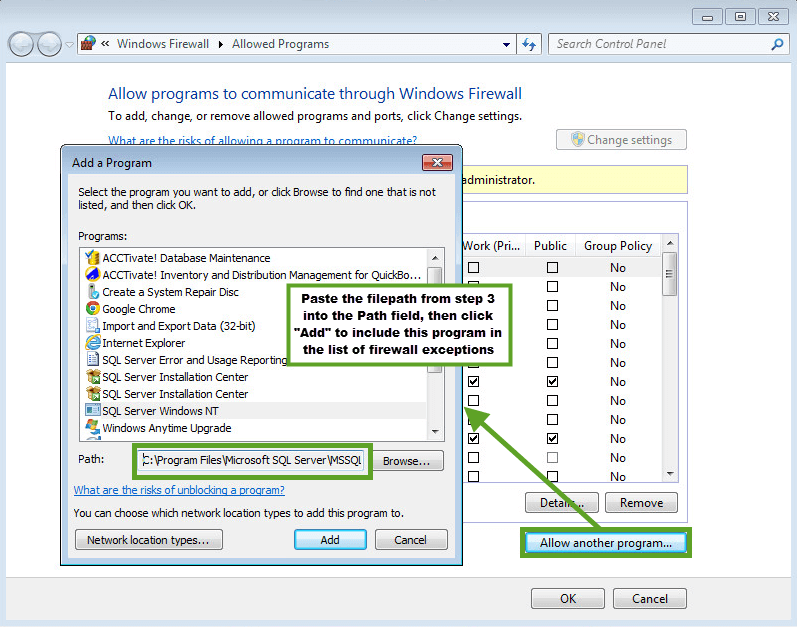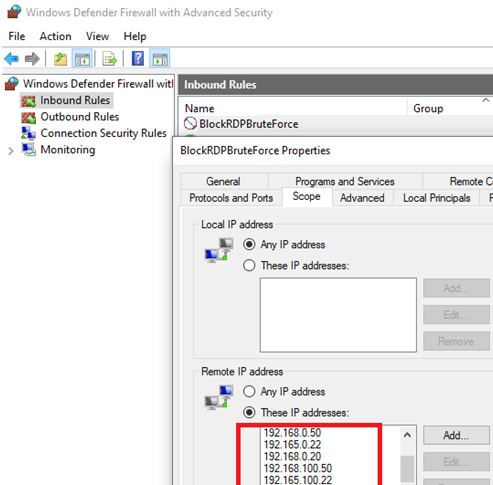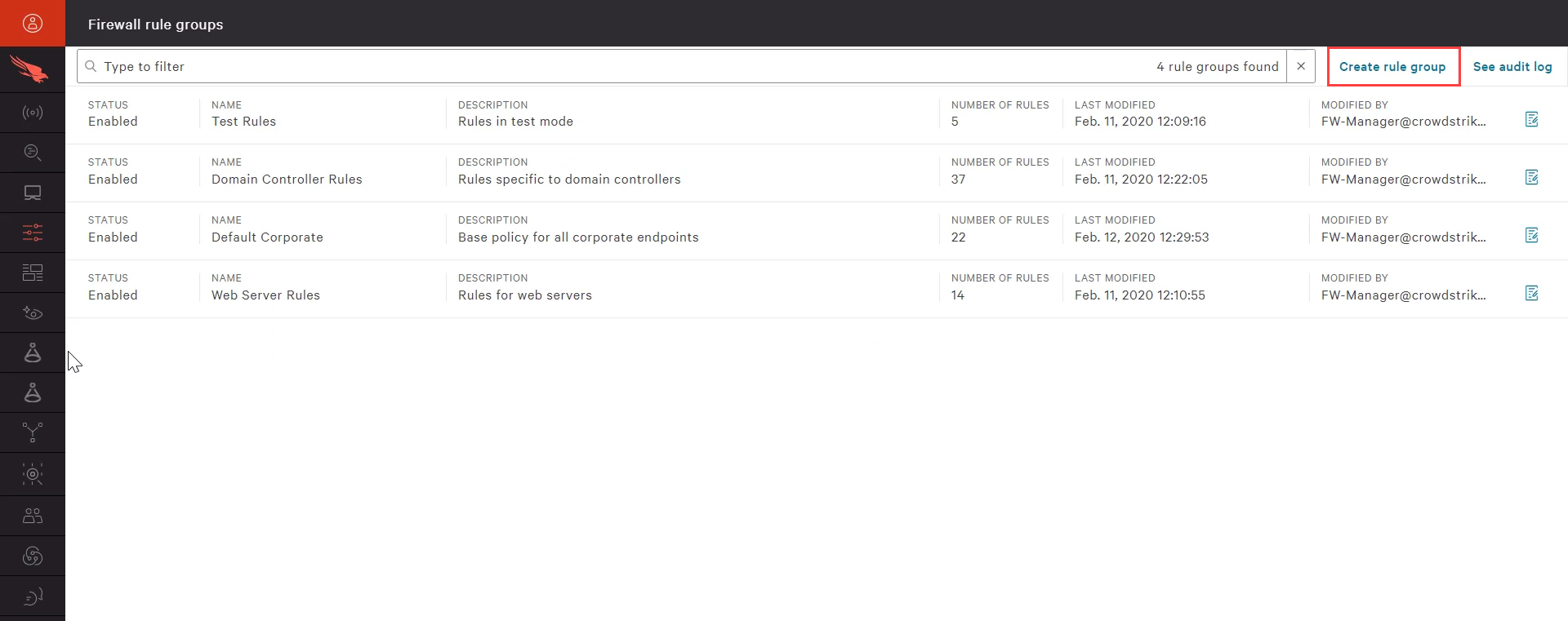
Stateful rule inspection works differently. For example, if you need to automatically allow return traffic, this is not something a stateless policy is best suited for. However, it also means that the policy cannot take the greater context of a flow into consideration before making a decision.

This has performance benefits, because the security policy makes a decision sooner. Stateless rules inspect each packet in isolation, without regard to factors such as the direction of traffic, or whether the packet is part of an existing, approved connection. Rules are processed in strict order based on the priority assigned to them, with lower numbered rules (for example, 1) taking precedence over higher numbered rules (for example, 100).

When performing stateless inspection, all individual packets in a flow are evaluated against each rule present in your policy. The AWS Network Firewall uses a rules engine that processes rules differently depending on whether you are performing stateless or stateful inspection. Additionally, the demo firewall is configured to send alert logs to Amazon CloudWatch, so you’ll see the filtering done by stateful rule groups. The solution in this post uses route tables to send all network traffic to a firewall endpoint, as shown in Figure 1.ĭuring the walkthrough, you’ll add firewall rules to influence traffic flows to and from a web server running on Amazon Elastic Compute Cloud (Amazon EC2) in a protected subnet. In part 2 of this series, we will discuss how you can incorporate stateful rule groups with strict rule order and ability to set one or more default actions. Also, it offers an intrusion prevention system (IPS), which provides active traffic flow inspection to help you identify and block vulnerability exploits.īy following this blog post, part 1 in a 2-part series, you will deploy a demo AWS Network Firewall within your AWS account to interact, first-hand, with its rules engine. For encrypted web traffic, AWS Network Firewall inspects the domain name provided by the Server Name Indicator (SNI) during the Transport Layer Security (TLS) handshake. It supports inbound and outbound web filtering for unencrypted web traffic. The firewall scales automatically with your network traffic, and offers built-in redundancies designed to provide high availability.ĪWS Network Firewall offers a flexible rules engine that gives you the ability to write thousands of firewall rules for granular policy enforcement.
#Duplicate windows firewall rules install
Let’s say we want to block a specific program from communicating with the Internet - we don’t have to install a third-party firewall to do that.AWS Network Firewall is a managed service that makes it easy to provide fine-grained network protections for all of your Amazon Virtual Private Clouds (Amazon VPCs) to ensure that your traffic is inspected, monitored, and logged.

Windows blocks inbound connections and allows outbound connections for all profiles by default, but you can block all outbound connections and create rules that allow specific types of connections. The firewall properties window contains a separate tab for each profile.


 0 kommentar(er)
0 kommentar(er)
